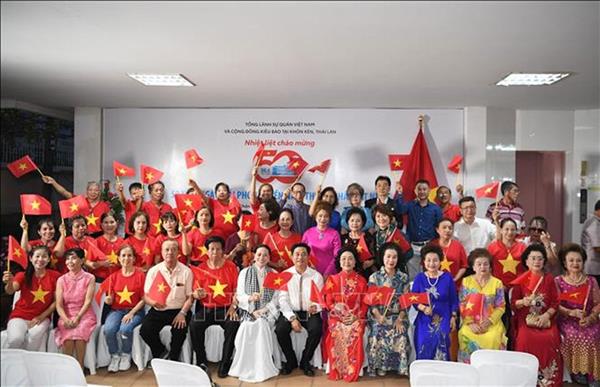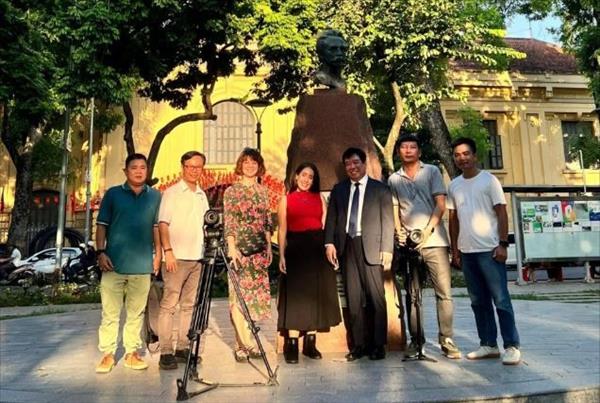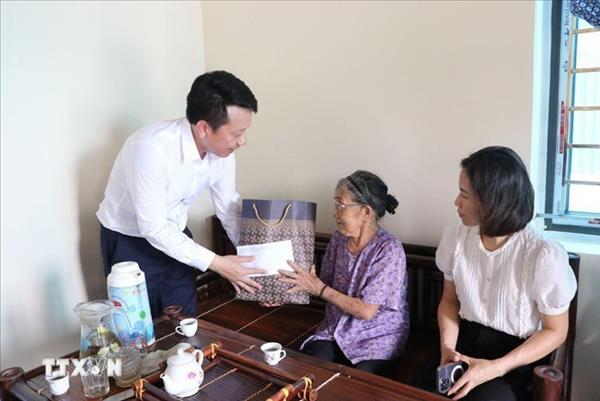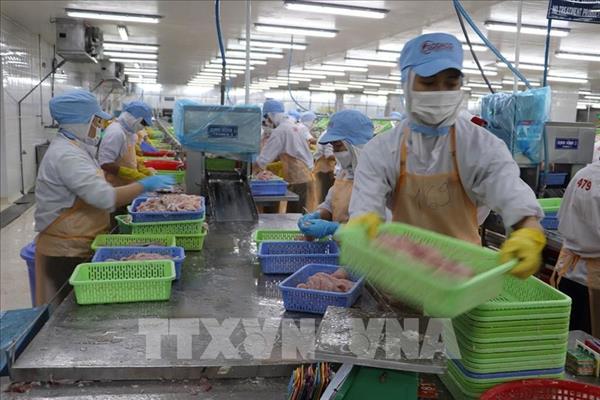Speaking at a meeting held by the department on January 3 to review its performance last year and make plans for this year, director Nguyen Toan Thang said the city’s focus with regard to urban solid waste management is on recycling and burning technologies.
Thus, instead of three categories, organic, recyclable and other wastes, rubbish just needed to be classified into two, recyclable and others, he said.
The department has submitted the proposal to the People’s Committee for approval and expects to introduce the change in the first quarter of this year.
The city has closed five landfill sites to reduce burial of solid wastes.
It has also made urban development plans at two of them, Go Cat in Binh Tan district and Dong Thanh in Hoc Mon district.
Around 15 developers have expressed interest in building parks or housing at the two sites, Thang said.
The city is also taking steps to reduce the volume of buried waste and adopt advanced waste-treatment technologies.
Late last year, construction work began on two waste-to-energy plants in Cu Chi district with a daily processing capacity of 2,000 tonnes, and an industrial and hazardous waste-treatment plant in Binh Chanh district with a capacity of 500 tonnes.
Work on another solid waste-treatment plant will start this month.
The Da Phuoc landfill site in Binh Chanh district, which receives more than 5,000 tonnes of rubbish a day now,will become full and is expected to be closed by 2024.
Last year a total of nearly 2.88 million tonnes of solid waste were treated. The city generates 9,500 tonnes of waste daily, including 23 tonnes of medical waste and 350-400 tonnes of hazardous waste.
The city collected environmental protection fees from 3,505 production establishments last year. The fees exceed 12.5 billion VND (540,000 USD) per quarter.
There were more than 1,860 private garbage collectors, who were either members of environmental cooperative groups or had their own business.
The department organised a number of activities to spread the message to the public that trash should not be discarded indiscriminately.
It also installed more than 33,600 dustbins in public places.
VNA/VNP

















